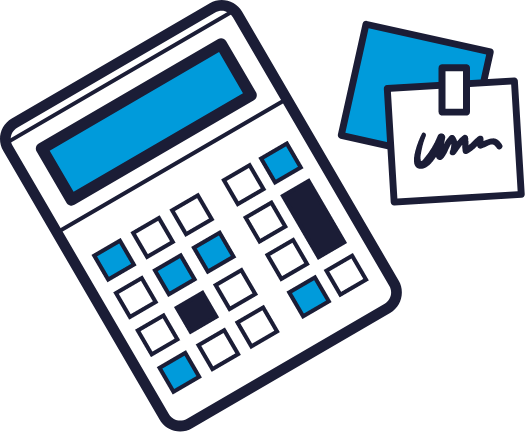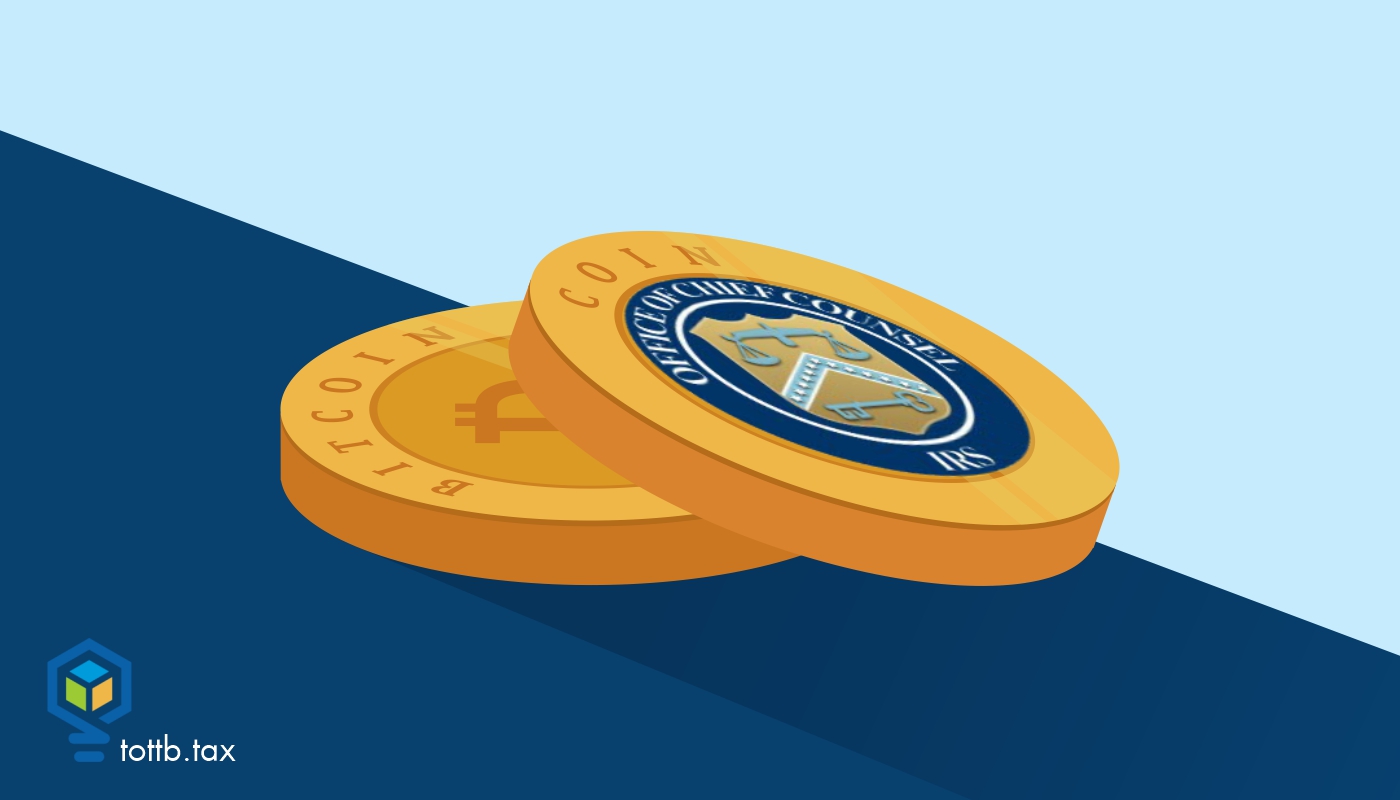LOOKING FOR LEGAL WAYS
TO REDUCE TAX?
New tax reduction strategies carefully explained and exhaustively researched every two weeks. Receive breaking news updates on tax law changes. Members only monthly AMA with TOTTB.tax.
WE PUBLISH TAX STRATEGIES FOR…
FEATURED CONTENT
Ins and Outs of IRS CCA 202302011 on Cryptocurrency Losses
Here are a few reminders on claiming losses from property transactions with a focus on an informal ruling the IRS issued in January 2023 to help explain losses from certain cryptocurrency transactions. This article focuses not only on what CCA 202302011 provides, but also what it doesn’t cover regarding possible losses from cryptocurrency and digital asset transactions. Click here to continue reading…
Read MoreCURRENT EDITION

2025 Winter Education Series Event Calendar
Think Outside the Tax Box proudly presents the 2025 Winter Education Series! This October through December, we are bringing our loyal subscribers five webinars featuring some of the brightest minds in tax. Each high quality webinar is filled with engaging content, actionable insights for your clients, and they all come with continuing education credits for those who qualify. All of this is included in your regular subscription! Check out what we’ve got in store for you!

Is It Time to Hire in Your Firm?
After my second busy season as a solo practitioner, I made a terrible mistake within my firm. I hired my first employee. As a matter of fact, I hired someone who also had tax and accounting experience. You may be thinking, “What? Hiring is the solution if you were feeling overwhelmed.” That is true, if you are assuming that I had the proper systems in place. The mistake I made was hiring an employee before I was ready. The money was there and ready. The work was there and ready. It only took a few weeks to realize that I didn’t have a capacity issue. I had a systems and processes issue. I am not suggesting that you should work yourself to full capacity, absolutely not. I am suggesting that before you attempt to pass along a task to someone else or put in place automation that you have a written-out process.

You Don’t Need a Bigger Stack — You Need a Better Portfolio
In every tax Facebook group or conference session, there’s always that one pro excitedly talking about the latest app they’ve added to their “tech stack.” But here’s the dirty little secret: most of us aren’t running integrated tech stacks. We’re juggling a mix of disconnected tools that may or may not play nicely together. Let’s stop pretending we’re all building perfectly integrated ecosystems. What we really need is a tech portfolio—a curated collection of tools that serve our actual needs, reflect how we really work, and support the kind of client experience we want to deliver. A portfolio recognizes reality: tools don’t have to talk to each other perfectly. They just need to work for you. So let’s explore how to build a smart, efficient, and secure tech portfolio that helps you thrive whether you’re a solo professional or managing a growing team.
SIMPLIFIED TAX STRATEGIES &
PRACTICAL IMPLEMENTATION
Think Outside the Tax Box provides tax reduction strategies along with practical
implementation advice in order to reduce your clients’ federal tax bill with ease.







